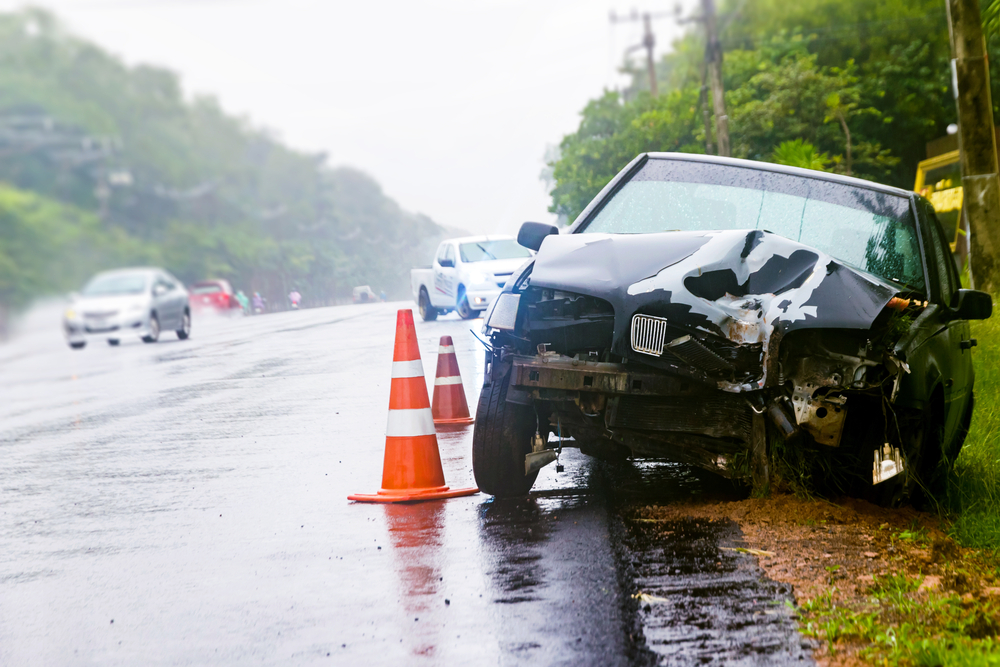The start of a new year is here, along with the rainy season. These rainy months are the time of the year where most car accidents take place. Many different factors add to the causes of these accidents. This blog will go over how to prepare your car for the rainy season to prevent car accidents during this wet season.
Rainy Season in San Diego
The rainy period for San Diego takes place primarily during the months of January to April. The most rain falls during the 31 days centered around February 20, with an average total accumulation of 2.3 inches. San Diegans aren’t used to the rain as much as other states, which is why we experience more car accidents than usual during this season. However, these accidents can be prevented with proper preparations. To protect yourself and others on the road from wet-weather accidents, follow these tips for safe driving in the rain:
Prepare your Vehicle
To drive safely during wet conditions, some preparation is required. Before driving during these conditions, you should:
- Replace your windshield wipers regularly – If your windshield wipers are causing streaks or not clearing away water in one swipe, then that’s a sign that they need to be immediately replaced. This can distort your vision, making it difficult to see obstacles in your path. Many car accidents occur because of people’s low visibility during this season. Prepare for it by making sure your windshield wipers are working proficiently.
- Check to ensure all lights and turn signals function properly – Your lights and turn signals are essential for being seen on the road. They’re also key to warning other motorists if you’re slowing down or planning to make a turn.
- Check your tires – Since your tires are the only thing between you and the road, it’s important to make sure that they are safe to drive on, especially during the rainy season. Oil and car fluids that float during wet conditions cause the road to become more slippery, which is why it is essential that your tires are in good shape. A majority of car accidents take place due to inadequate tire conditions. Check your tire pressure, tread depth, and for obvious signs of damage.
- Clean your mirrors – This may seem obvious, but dirty mirrors caused by the rain can greatly inhibit your vision of the vehicles around you. Before driving, clean your mirrors with a cloth.

Slow Down
One of the most important safety tips for driving during the rainy season is being aware of your speed, and slowing down to accommodate for rain. Many car accident injuries during the rainy season are caused by people driving faster than what is safe on wet roads. Cars easily slide and skid on the road during wet conditions, requiring slower speeds in order to avoid hydroplaning. This occurs when a vehicle’s tires lose contact with the road because of water between the surface and the wheel, causing the car to skid or slide on the water, which results in lost steering, braking, and power control. It takes longer to safely slow down and come to a complete stop on wet roads, so you need to give yourself plenty of time and space to do so. The faster you drive, the harder it is for you to control your vehicle – especially when the roads are wet.

Car accidents go up nearly 200% during the rainy season in San Diego. Properly preparing your vehicle and driving attentively is the best way to prevent car accidents and injuries during this season. We hope this blog helped you see how to prepare your car for the rainy season to prevent car accidents. At Bonnici Law Group, we care about your safety and well-being. If you suffered from a car accident, do not hesitate to contact us at 858-261-5454 or help@bonnicilawgroup.com. For a free consultation, click here.